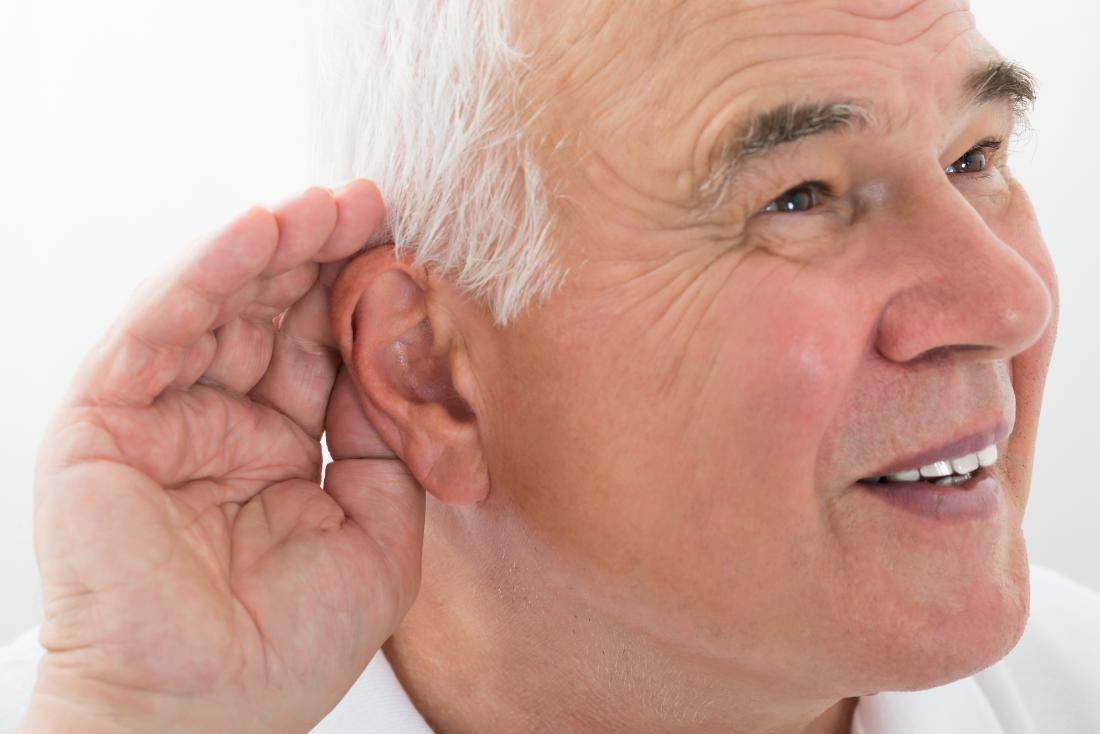As a worker in California, you know you’re eligible to receive compensation for job-related injuries or illnesses. The latter can include noise-induced hearing loss (NIHL). You may be one of the 22 million or so workers in this country exposed to dangerous levels of occupational noise every year, making it critical to understand your legal protections.
Occupational hearing loss not only impacts your ability to communicate or enjoy life,it can significantly diminish your earning potential, employability, and mental health. That’s why understanding the full legal, medical, and procedural framework is crucial.
What is Occupational Hearing Loss?
Defining the Condition
Occupational hearing loss is the gradual or sudden deterioration of hearing due to prolonged or acute exposure to hazardous noise in the workplace. It is recognized by audiologists, otolaryngologists, and workers’ compensation boards as a valid medical condition under California law.
Medical Classification
There are multiple types of hearing loss, with occupational cases usually falling under:
- Sensorineural hearing loss: Damage to the inner ear or auditory nerve, typically permanent.
- Conductive hearing loss: Blockages or damage in the outer/middle ear.
- Mixed hearing loss: A combination of both.
Diagnosis often involves pure tone audiometry, speech recognition tests, and tympanometry. Hearing loss severity is rated using a decibel (dB) scale, and claims are often evaluated based on the percentage of hearing impairment, which affects benefit calculations.
How Hearing Loss Can Occur
There’s a maximum dosage level for noise, beyond which a person begins to suffer hearing loss. Hearing loss can occur with:
- One-time exposure to an intensely loud sound (e.g., gunshots, firecracker explosions)
- Repeated exposure to lower-level, continuous noise (e.g., motorcycles, factory equipment)
Hazard Threshold: 85 dB for 8 hours. Every 3 dB increase halves the safe exposure time.
Example: A motorcycle at 95 dB means potential hearing damage after just 50 minutes of exposure.
Jobs with High Noise Exposure
Worst Jobs for Intensely Loud Noise
Factory workers are exposed to the highest noise levels. Following closely are:
- Stadium and entertainment venue staff
- Musicians and DJs
- Agricultural and farm laborers
- Dental workers and construction personnel
- Teachers and cafeteria workers
Each of these professions faces unique acoustic challenges. For example, dental hygienists may experience cumulative damage from ultrasonic scalers, while stadium workers may endure abrupt decibel spikes during events.
The Legal Basis: California Workers’ Compensation Law
If you suffered an occupational hearing loss, you are eligible to file a California workers’ compensation claim.
What the Law Covers
California’s workers’ compensation program offers several categories of support:
- Medical Benefits: Audiological exams, hearing aids, surgical treatment
- Temporary Disability Benefits: Up to two-thirds of weekly wages during recovery
- Permanent Disability Benefits: Based on the percentage of hearing loss
- Supplemental Job Displacement Benefits: Vocational retraining for workers unable to return to their previous role
- Death Benefits: In rare cases of fatal hearing complications, survivors may receive benefits
Key Statutory Limits
- Filing Deadline: 1 year from the date of injury awareness
- Maximum Benefit Cap (2025): Up to $290/week for partial permanent disability (subject to change)
- Rating System: The Permanent Disability Rating Schedule (PDRS) evaluates hearing loss percentage for compensation purposes.
Step-by-Step: Filing a Workers’ Comp Claim for Hearing Loss
- Notify your employer in writing within 30 days of discovering the loss.
- Request a DWC-1 Claim Form and complete your section.
- Undergo medical evaluation via your employer’s Medical Provider Network (MPN).
- Track documentation, such as audiograms and workplace noise readings.
- Submit the claim with supporting documentation to the insurance carrier or the Division of Workers’ Compensation (DWC).
Tip: Consult with a legal expert early in the process to avoid documentation errors that can jeopardize your claim.
Can Employers Be Penalized for Not Providing Hearing Protection?
Yes. Under Cal/OSHA regulations, employers must assess workplace noise risks and provide adequate protection. Non-compliance can result in fines, citations, and stronger legal claims from affected employees.
Failure to offer ear protection, conduct noise level monitoring, or provide regular hearing exams is a breach of California labor law.
Common Employer Defenses and How to Counter Them
Employers may argue:
- Hearing loss is age-related or genetic
- The worker engaged in noisy recreational activities
- Hearing protection was offered but not used
Counter Strategies:
- Provide baseline audiometric data from before employment
- Submit workplace decibel records
- Present expert testimony and OSHA inspection reports
Legal professionals can use these to rebut causation defenses and strengthen their claim.
Long-Term Impact of Untreated Hearing Loss
Chronic hearing loss, especially if untreated, can result in:
- Social isolation and reduced workplace communication
- Mental health issues such as depression and anxiety
- Increased risk of cognitive decline, including dementia
Addressing hearing damage early isn’t just a legal issue; it’s a public health priority.
FAQs: Supporting Long-Tail Search Queries
Can I get workers’ comp for hearing loss without a specific incident?
Yes, cumulative trauma injuries are compensable in California.
Can I pick my own doctor for treatment?
Only if pre-designated before the injury. Otherwise, you must choose from the MPN.
How long do workers’ comp cases take in California?
The timeline varies, but most claims are resolved within 6–12 months, depending on complexity.
What if my claim is denied?
You may request a hearing before the Workers’ Compensation Appeals Board (WCAB). Legal help is critical at this stage.
Preventing Hearing Loss: Employer and Employee Best Practices
To prevent noise-induced injuries:
- Employers should install engineering controls, conduct annual noise surveys, and provide mandatory PPE training.
- Employees should request regular hearing tests and report early symptoms of tinnitus or hearing decline.
Legal Representation Matters: Why Choose Hussain & Gutierrez?
Navigating the workers’ comp system in California can be complex and intimidating. A denial does not mean defeat. You deserve expert help.
Contact Hussain & Gutierrez Today
- Decades of experience handling occupational injury cases
- Multilingual staff and culturally sensitive service
- Free consultation
Schedule Your Free Consultation Now
Protect Your Hearing, Protect Your Rights
Noise-induced hearing loss is more than an inconvenience; it’s a medically and legally recognized occupational injury. Don’t let paperwork or employer resistance prevent you from getting justice. Learn your rights, consult with professionals, and take control of your case.



